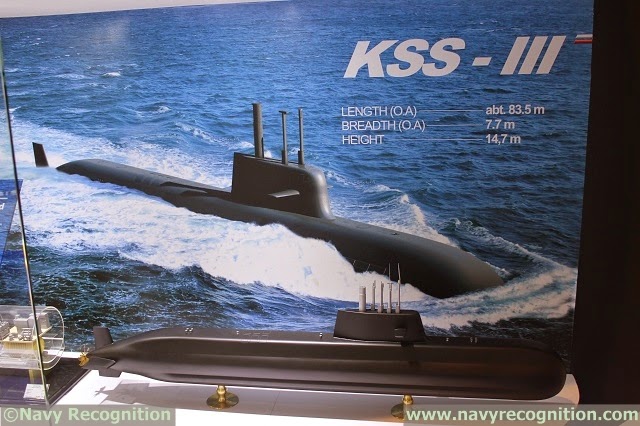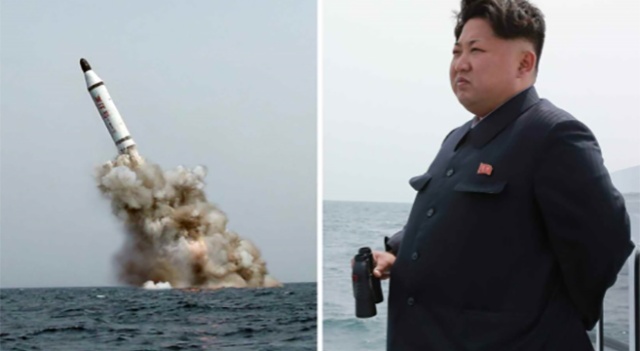A Tuoi Tre (Youth) newspaper contributor has expressed her marvel at the wholehearted dedication, rigorous training, and diligent study of the Russian language among the sailors stationed at a submarine base in central Vietnam after a recent visit.
The Tuoi Tre contributor narrated her memorable experiences during her trip to Submarine Brigade 189 under the Vietnam People's Navy.
The brigade is based in the Cam Ranh Military Port, which is situated in Khanh Hoa Province.
Before the brigade was founded in June 2011, selected soldiers joined a training course in Russia in October 2010 prior to passing on what they had learned to their colleagues and juniors at home.
However, rigorous training began well before that.
Over 30 years ago, Submarine Regiment 196 came into being and boasted well-qualified human resources.
Many members of the regiment's force were later transferred to the current Submarine Brigade 189.
Younger recruits to the brigade all excel in technical training, have good physique and stamina, and cope well under pressure.
One of the initial challenges involved newcomers spinning over 100 times and they were requested to regain balance shortly after the spinning came to a stop.
They also took on an immense challenge which required them to stay in a compressed air chamber with its pressure equivalent to that at a depth of 50 to 70 meters.
Such strenuous challenges now become their everyday routines.
[Training in dispute management aboard the sub!]
Submarine sailors are pictured during their everyday routines. Photo:Tuoi Tre
However, the sailors' arduous physical training did not surprise theTuoi Tre contributor as much as their single-minded devotion to honing their professional skills and command of Russian.
During her trip to the Russian-supported Submarine Training Center, which is located inside the Cam Ranh Military Port, she was amazed at the perplexingly intricate simulations, diagrams, and annotations written in Russian.
The center is one of Southeast Asia's most state-of-the-art facilities.
An officer affirmed that the sailors and staff there all have an adequate grasp of Russian.
The sailors’ eagerness to learn the Russian language was confirmed after the Tuoi Tre contributor met Team 7, which was once trained in India.
On Friday evening, the members did not watch films or sing together.
The 40-year-old team leader and his juniors as young as 24 years old were totally engrossed in their Russian studies.
Trained in Russia, the Tuoi Tre contributor sought permission to join their learning session.
Her keen observations showed that even those who just took up the language a few months back and mostly learn by teaching themselves are surprisingly proficient in the language.
The Russian experts who the Tuoi Tre contributor briefly talked to earlier during the trip gave them profuse compliments on their diligence, brightness, and willingness to learn.
The brigade received two Kilo-class submarines 182-Hanoi and 183-Ho Chi Minh City over one year ago but the officers and sailors have been in full control of the vessels.
They do not need accompanying Russian experts during their trips that last several days under the sea.
Vietnam signed a contract to buy six Kilo-class subs from Russia during Prime Minister Nguyen Tan Dung’s visit to Moscow in 2009.
Officers and hands on the 184-Hai Phong Submarine also manoeuvered the ship with relative ease thanks to their adequate grasp of the Russian language.
Apart from taking classes in professional skills, the sailors spend 3.5 hours from 7:30 pm to 11:00 pm every day but they still can get up at 6:00 the next morning for a three-kilometer run.
The officers insist only Russian be used in many of their internal meetings.
Submarine sailors and an officer are pictured during a drill. Photo:Tuoi Tre
No room for errors
Safety and teamwork are the utmost priority among submarine sailors.
“There’s no room whatsoever for errors, as they may cost lives,” the head of Submarine Brigade 189 stressed.
One of the stories which the Tuoi Tre contributor found most compelling was the sonar radar operators’ keen sense of hearing to detect all passing ships of various sizes.
During highly authentic emergency exit drills, whenever some problem arose in a chamber, instead of getting out, the sailors inside that chamber were required to lock themselves tight in and work on the problem in order not to affect other chambers.
The sailors and their special work thrive on their mutual understanding, trust, and willingness to sacrifice for their comrades.
More surprises in store
The Tuoi Tre contributor went from one surprise to another during her stay with Submarine Brigade 189.
One of them was how the male officers and sailors managed to keep their all-white uniforms speckless and crease-free, which is quite a challenge for many housewives [thems fighten words!].
The Tuoi Tre contributor also kept pondering over why all the naval soldiers boast such flawlessly white teeth.
According to Dau Van Hoang, captain of the 184-Hai Phong Submarine, the first priority for submarine sailors is having decay-free teeth.
“Inside the submarines, where oxygen is such a scarcity for several days on end, the entire crew members stay alive on a mixture of air, of which oxygen makes up a mere 29 percent or even a lower percentage,” he explained.
“The exhaled air is always recycled to be inhaled again. If one has decaying teeth, the air would be rendered unusable,” Hoang said with a beaming smile, showing off his immaculately white teeth.
In one of the intriguing stories the Tuoi Tre contributor was told during her trip, Lieutenant Vu Van Dung, of Team 7, was prepared to get married, with his marriage date fixed.
However, he was sent to India for a task right before the wedding.
The two families decided to proceed with the wedding anyway, and Dung’s bride and her family agreed to carry out the bridal ceremony through Skype, a chatting program.
On the wedding day, the bride, the two families, their relatives, and friends celebrated the big day in Vietnam, while the groom attended the ceremony and party through Skype.
[As sun sets on tranquil Kilo] A submarine docks proudly at the Cam Ranh Military Port in Khanh Hoa Province. Photo: Tuoi Tre
Russian-made Kilo-class submarines, dubbed “black holes in the ocean” for its astonishing ability to vanish into the depth of the ocean, were built on a pilot basis during the mid-1990s. Four electric-diesel Kilo-class subs have been handed over to Vietnam. The fifth one, Khanh Hoa, left the Admiralty shipping yard in Russia on a trial run on April 1, 2015. The sixth, Vung Tau, whose building began in May last year, is expected to be transferred to Vietnam next year. |
"
The End
Pete
































